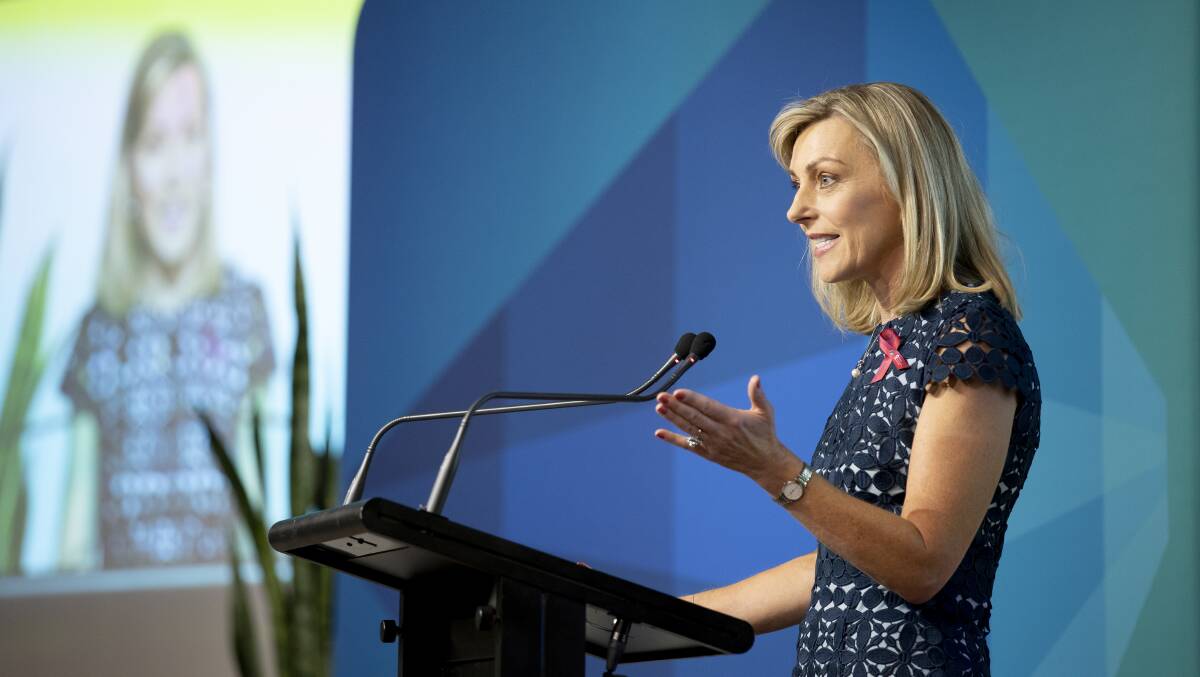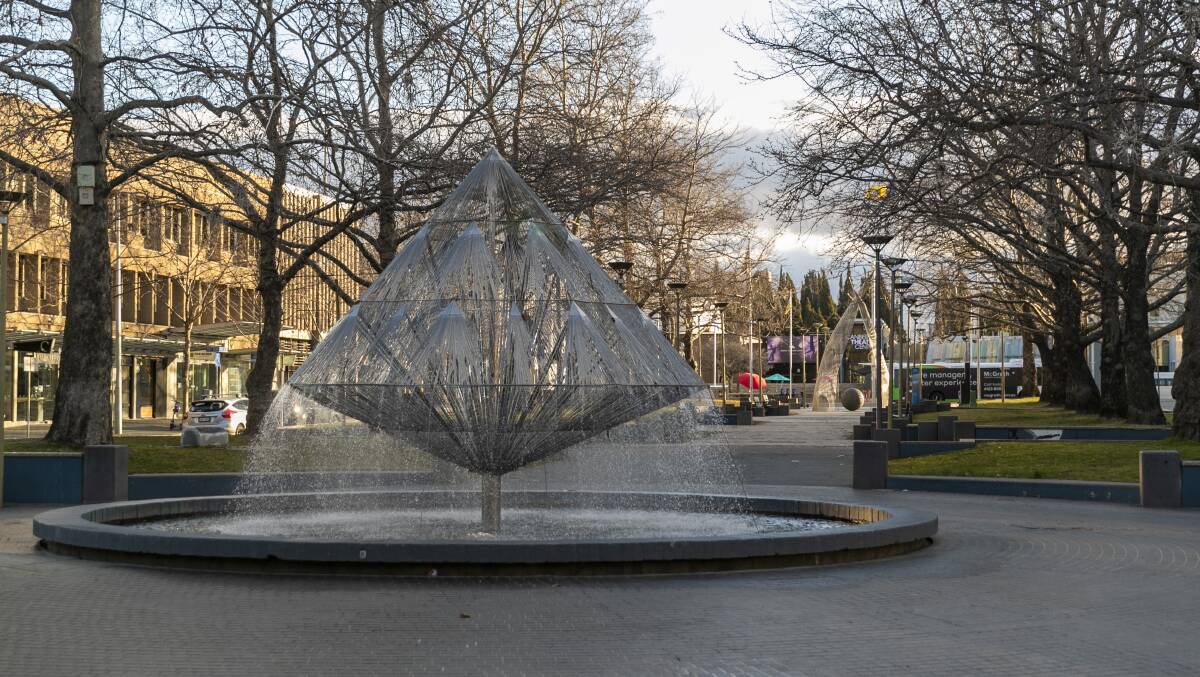
The lifting of Canberra's lockdown this Friday will not bring an end to working from home, as workplaces keep flexibility gained during the COVID-19 pandemic, ACT employers and researchers say.
Subscribe now for unlimited access.
or signup to continue reading
As workers prepare for a gradual return to their regular workplaces, a new report released today predicts the future of work after lockdown will be a "hybrid" of working in offices and at home.
But the UNSW Canberra Public Service Research Group report, and ACT employers, have flagged a need to prevent burnout and "technostress" as side-effects of the mass shift to working from home forced by the ACT lockdown.
The new report found research on working from home had overwhelmingly argued the future of work was "hybrid", showing that an increasing number of employers, senior leaders and employees now preferred to work at least part of the week remotely.
Public administration expert and report co-author Sue Williamson said employees will increasingly favour workplaces allowing hybrid working in an expected post-lockdown rush for new jobs.
Employers including the Australian Public Service would have to assess their flexibility on hybrid working to remain attractive to staff, she said.
"There's going to be big labour market shifts, once we get into a COVID-normal, and so people are looking to change jobs," Dr Williamson said.
"And organisations are realising that they need to have a really good employee value proposition which includes remote and hybrid work to attract and keep the employees that they've got."
The new report, prepared for the Australian Taxation Office and the Home Affairs Department, found COVID had broadened the group of employees working remotely from mainly older, senior managers in white collar jobs to younger employees in more occupations.
It also warned that industrial relations was a "slow burning" issue as remote working became a permanent part of workplaces, saying appropriate industrial instruments were needed.
Senior ACT government public servant Damian West said "hybrid working" would play an ongoing role in the territory public service.
"What the pandemic has done is really bring forward a lot of the thinking around the possibilities for hybrid working arrangements," he said.
"In the ACT perspective, when we returned from the first lockdown, we retained a real hybrid working model where we could."
Dr West said the ACT public service had to monitor for and prevent staff working excessive hours at home during lockdown.

"Managing staff has taken a slightly different focus through that period, but we've had nothing but fairly strong support from staff and many managers have become quite skilled about how to work and engage through different chat forums and media constructs during both lockdowns and the time in between," Dr West said.
The UNSW Canberra Public Service Research Group report said "technostress" - when boundaries between work and personal time blurred and staff had to spend long hours in online meetings - had grown as employees worked from home during lockdowns.
READ MORE:
Dr Williamson said the report's authors had seen a lot of research showing work had intensified for people working from home in lockdown.
"Being on constant Zoom meetings means that people are always on, and the work is much more intense," she said.
"This is starting to become a Workplace Health and Safety issue, and people are recognising that they're getting burnt out."
Senior official at the Australian Taxation Office, Jacqui Curtis, said the agency had observed a level of expectation in the labour market that suggested flexible working arrangements will become more critical to staying competitive when hiring talent.
The agency's census results showed that employees who are "hybrid working" are on average more engaged than those who work solely from one location or the other.
"Flexible working arrangements became a much more significant part of the way we work during the pandemic," she said.
"We have learned a lot about transforming traditional approaches to flexible work, but we must remember this has been under very unusual circumstances.
"We still have more to learn. We will be doing more work to identify the positives and to embed and capitalise on what we've learned to ensure we meet future community needs and achieve better business outcomes."
Flexible working would be critical to creating an innovative and diverse workforce, Ms Curtis said.
"With that in mind, while we don't have all the answers yet, we are confident that a variety of flexible working arrangements are the way of the future and are here to stay...but how we strike the right balance is something we'll continue to assess over time as our environment normalises."
Half of Commonwealth public servants were working only from home in early September, and more were working both at home and in office buildings.
It follows a mass shift in August back to working from home for Canberra employees, including thousands of Commonwealth and territory public servants, in a bid to stop the spread of the Delta variant.
The UNSW Canberra Public Service Research Group will launch the report today.
- with Finn McHugh
Our journalists work hard to provide local, up-to-date news to the community. This is how you can continue to access our trusted content:
- Bookmark canberratimes.com.au
- Download our app
- Make sure you are signed up for our breaking and regular headlines newsletters
- Follow us on Twitter
- Follow us on Instagram


